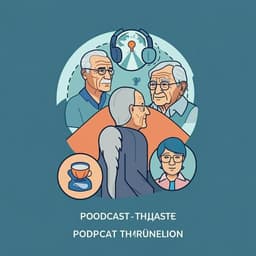
Computer Science
A Computational Analysis of Vagueness in Revisions of Instructional Texts
A. Debnath and M. Roth
This research by Alok Debnath and Michael Roth dives into the intricacies of vagueness in instructional texts from the WikiHowToImprove dataset. By analyzing edits involving vagueness and developing a novel neural model to enhance clarity in instructions, they demonstrate significant advancements over existing techniques. Tune in to discover these insightful findings!
Playback language: English
Related Publications
Explore these studies to deepen your understanding of the subject.







